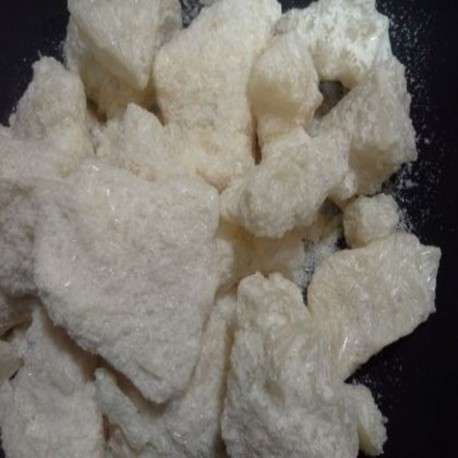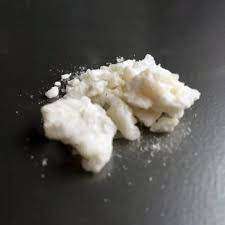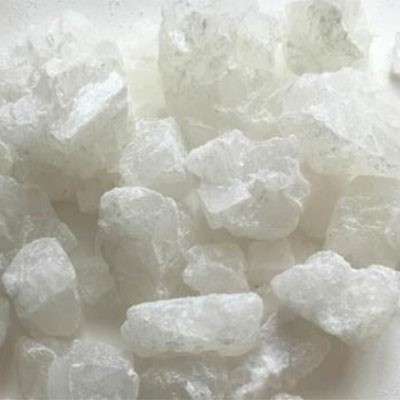
4-MEC, or 4-Methylethcathinone, is a compound that resembles mephedrone chemically. It is assumed to be a stimulant and entactogen substance of the phenethylamine, amphetamine, and cathinone chemical classes, due to its similarities to mephedrone. 4-MEC is a synthetic stimulant that is structurally related to methcathinone and has empathogenic effects.
4-mec crystals / 4-Methylethcathinone are a type of product.
1225617-18-4 (CAS)
C12H17NO formula
Purity: greater than 98.5 percent
Use for pleasure
The substance has been injected intravenously by certain users. In order for 4-MEC to dissolve, the water/4-MEC solution must be heated. 4-MEC injections look to be hard on veins and can cause a burning sensation; as a result, 4-MEC should be diluted as much as possible. Intravenous dosages are comparable to oral dosages, however safety should be prioritized (with regard to possibility of overdose and long-term effects).
Data on chemistry and physics
C12H17NO formula
191.274 gmol?1 Molar mass
Clinical evidence
Synonyms: 2-Ethylamino-1-p-tolylpropan-1-one; 4-Methyl-N-ethylcathinone
Also also
4-Ethylmethcathinone
4-Methylbuphedrone
4-Methylcathinone
4-Methylpentedrone
Cathinone substitute
Benzedrone
Mephedrone.

The popular ring-substitute cathinone 4-Methylethcathinone (4-MEC), a SC extensively advertised as a mephedrone substitute in the early 2010s and characterized as weaker and shorter lasting than mephedrone, resulting to more frequent administrations, was chosen to be researched. The learning/memory effects of the 4-MEC single-binge (2x64mg/kg, 2h interval) were tested in a WM scenario 24 hours following the binge session. The WM, which consisted of a circular pool (100cm diameter) filled with water at 221°C, was used to train the animals. North (N), south (S), east (E), and west (W) were four points around the edge of the tank that divided the tank into four quadrants: NE, SE, SW, and NW, allowing different starting positions. A submerged platform (9cm in diameter) was always in the SW quadrant.
Mice were given a five-day training session consisting of four trials each day with a semi-random set of start locations. A probing trial (with no platform) was undertaken on the D6. Each mouse’s journey and escape latency (the time it took each mouse to discover the platform in seconds) were video recorded. The findings reveal that a 4-MEC single binge caused a substantial gap in scape latency from D2 onwards when compared to controls, and that no meaningful recovery in learning ability was found even when trained 25 days after exposure. The memory score of exposed mice was harmed by this leaning defect in the short/long term. Finally, 4-MEC binge exposure resulted in short-term learning/memory impairment that was long-lasting.


